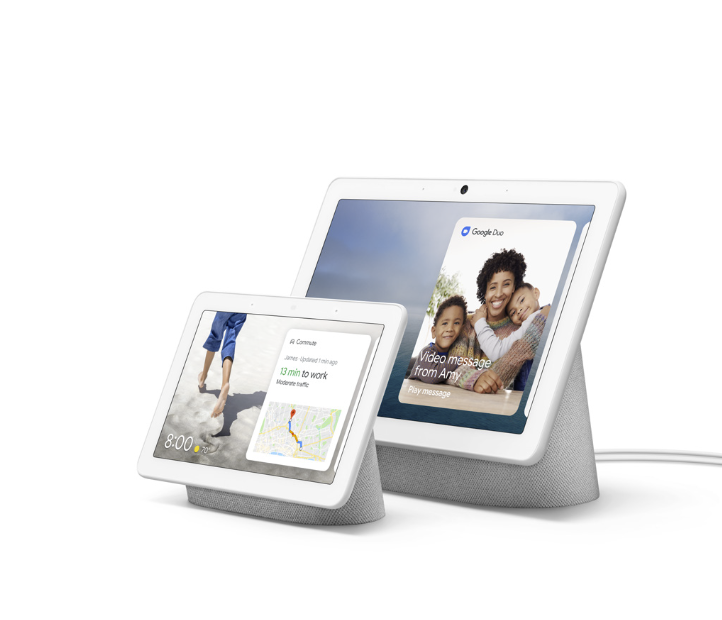Google on Tuesday kicked off the first day of its 2019 I/O developer conference with a keynote highlighting the company’s latest projects and products, as well as its accessibility initiatives powered by machine learning.
Those more ambitious projects, like developing speech recognition software for people with speech impediments and using machine learning to detect diseases in their early stages, are all built atop the company’s research into machine learning and computer vision.
While the conference is ostensibly geared toward developers, there was plenty for Google fans and Android users to get excited about. Here are four of the biggest reveals from Google I/O 2019:
New, cheaper Google Pixel smartphones

After more than a few leaked images heralding the cheaper Android phones’ arrival, Google officially unveiled the comparatively affordable Pixel 3a and 3a XL smartphones. On their surface, they don’t look much different from the original Pixel 3 and 3 XL counterparts, save for their plastic construction compared to the previous version’s glass and metal build.
Inside, the slower processor, lack of wireless charging, and dismissal of any waterproofing rating explain the lower price point. But the 3a includes the much-desired 3.5mm headphone jack, just in case you wanted to use the headphones you already own for a change.
The Pixel 3a and 3a XL are b available immediately in black, white, or purple, from various wireless carriers (though AT&T is suspiciously absent from Google’s list) starting at $399.
Google Assistant just got way more interesting
The search giant’s ubiquitous Google Assistant got a major upgrade at I/O 2019 that could alter how people interact with or speak to their phones. It’s thanks to Google’s newest AI update that allows for on-device AI processing, reducing latency for tasks like transcription or speech recognition, and letting you take advantage of machine learning capabilities even when you’re offline.
Google demonstrated the improved Assistant’s new tricks by bouncing between apps, booking a Lyft ride, pulling up photos, and filling out an email from subject to sign off, all through voice commands that ditched the whole “Hey, Google,” call to action. Responses were faster, and thanks to new contextual updates, the Google Assistant can actually understand and provide accurate results for tasks like getting directions to “mom’s house.”
Nest is taking over smart homes

Google is consolidating some of its hardware products by sticking its Google Home devices under the Nest brand, which features items like the Nest Hello Doorbell and Nest Secure Alarm. The first new product revealed under the Nest brand is the Nest Hub Max, a 10-inch, camera-equipped version of Google’s smaller 7-inch Home Hub (now called the Nest Hub).
The larger Nest Hub Max adds a more powerful audio system, as well as a camera for video calls using Google Duo. It also supports facial recognition for displaying personalized information on the screen when appropriate.
Google also demonstrated a pretty smart gesture feature, taking advantage of the camera to let you raise your hand to instantly pause whatever’s playing instead of screaming over it. Whether or not Google’s inclusion of the camera ruins what many loved about the bedroom-friendly Nest Hub is yet to be seen.
Your alarm’s new safe word is “stop”
Undoubtedly, the announcement that received the most applause was a surprisingly minor one: an update coming to Google Home devices will finally let users stop alarms and timers by simply saying “Stop,” rather than depending on Google’s wake phrase to get a gadget’s attention.
More Must-Reads from TIME
- Donald Trump Is TIME's 2024 Person of the Year
- Why We Chose Trump as Person of the Year
- Is Intermittent Fasting Good or Bad for You?
- The 100 Must-Read Books of 2024
- The 20 Best Christmas TV Episodes
- Column: If Optimism Feels Ridiculous Now, Try Hope
- The Future of Climate Action Is Trade Policy
- Merle Bombardieri Is Helping People Make the Baby Decision
Write to Patrick Lucas Austin at patrick.austin@time.com